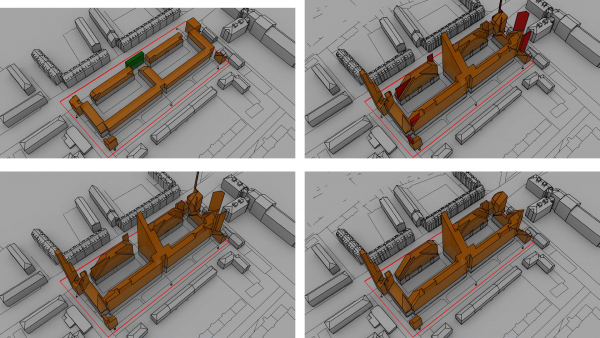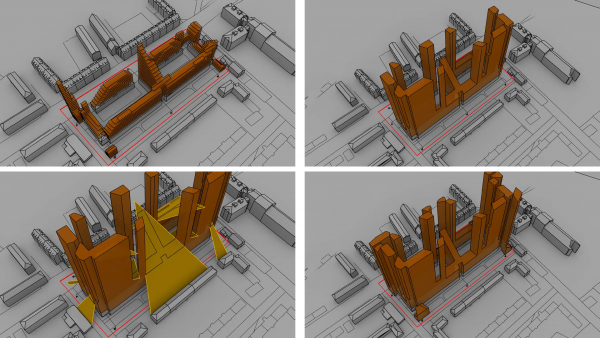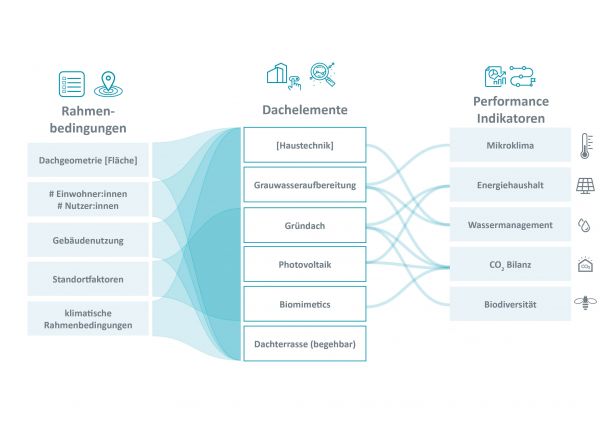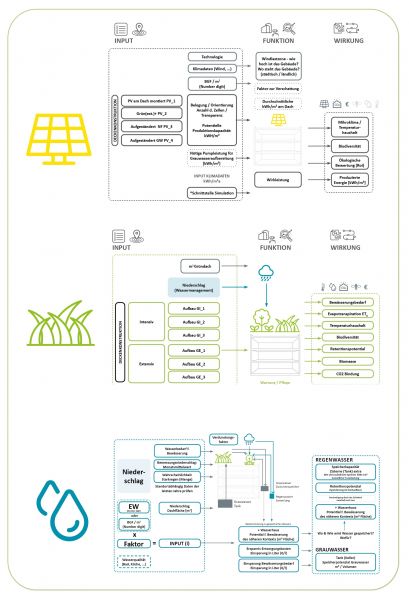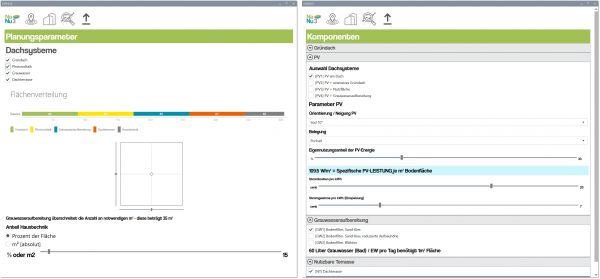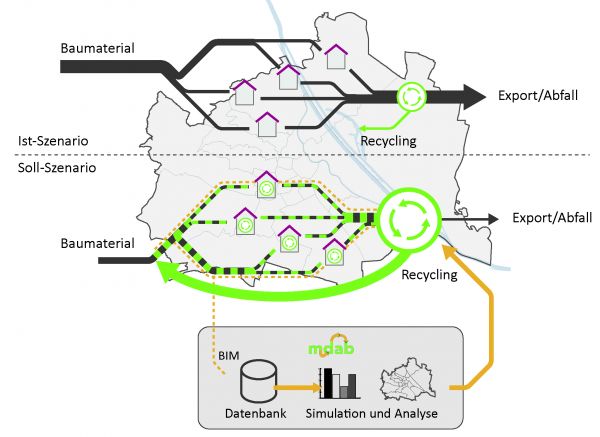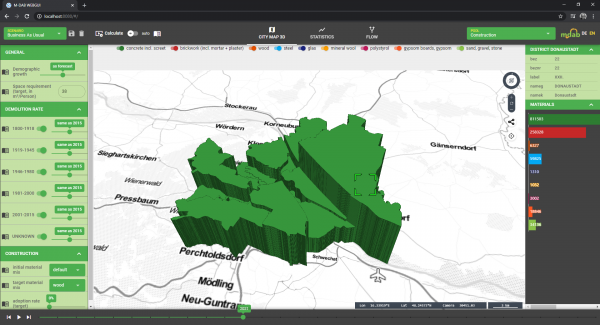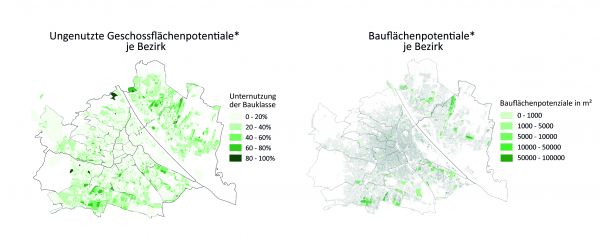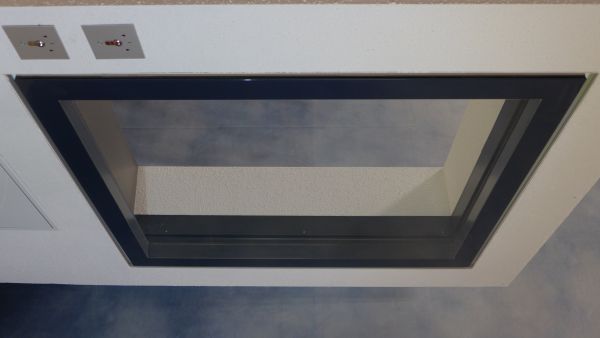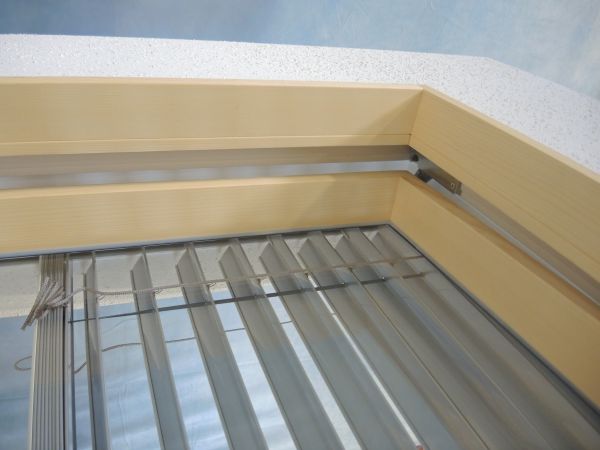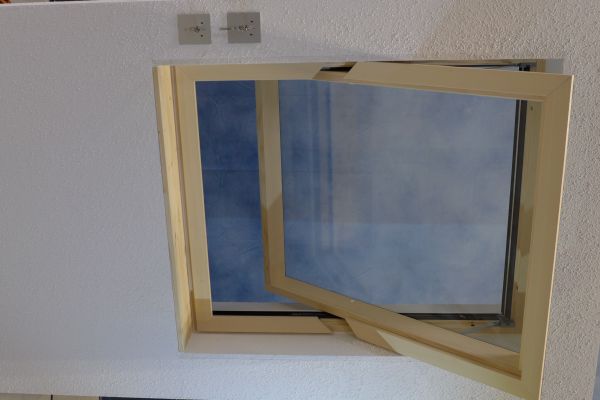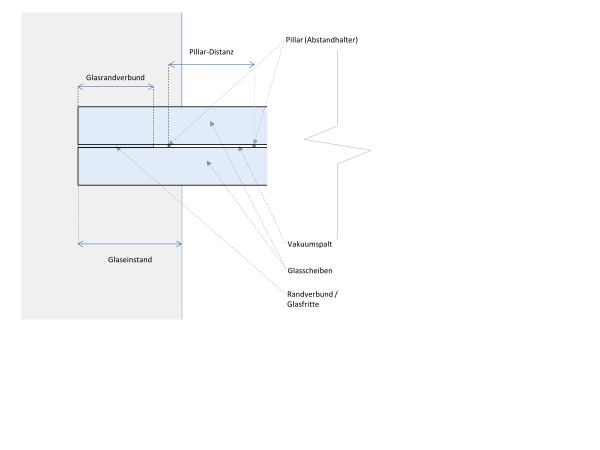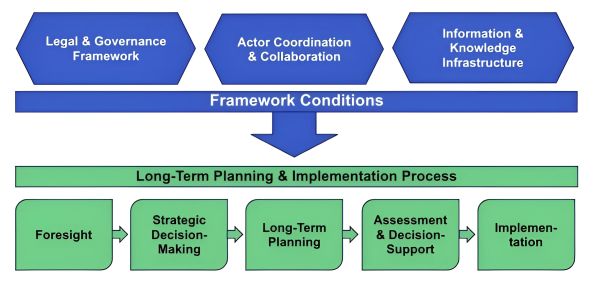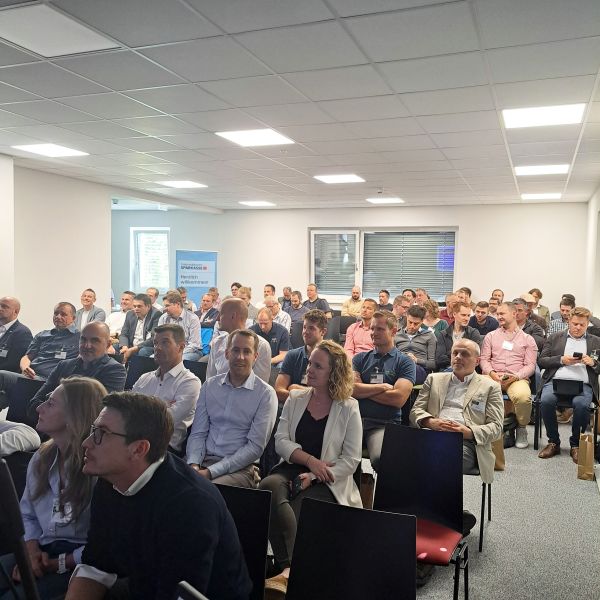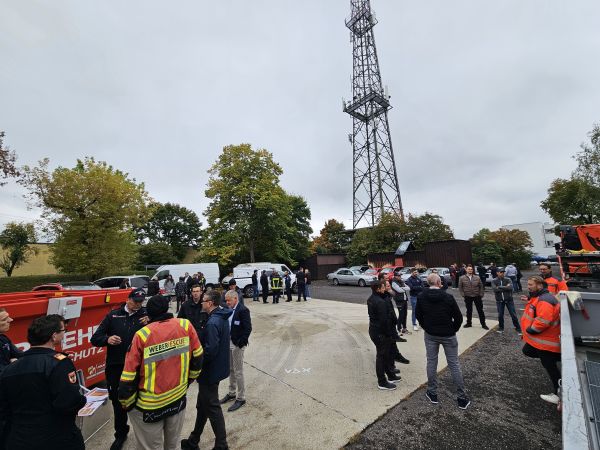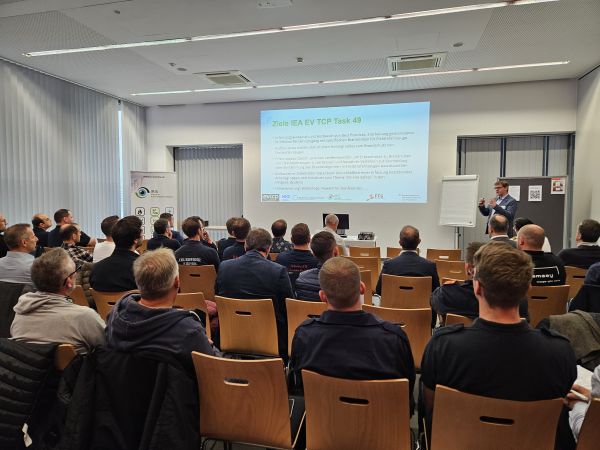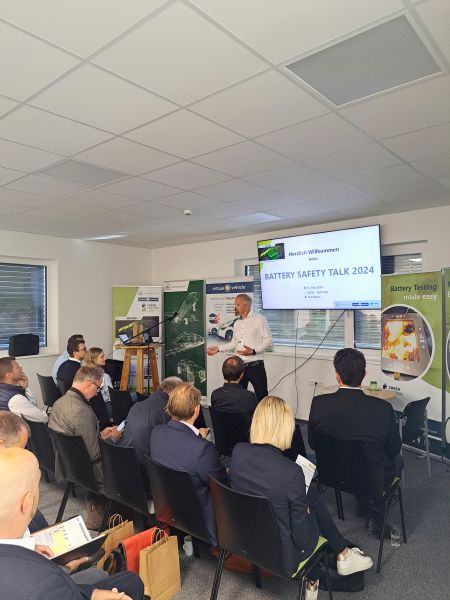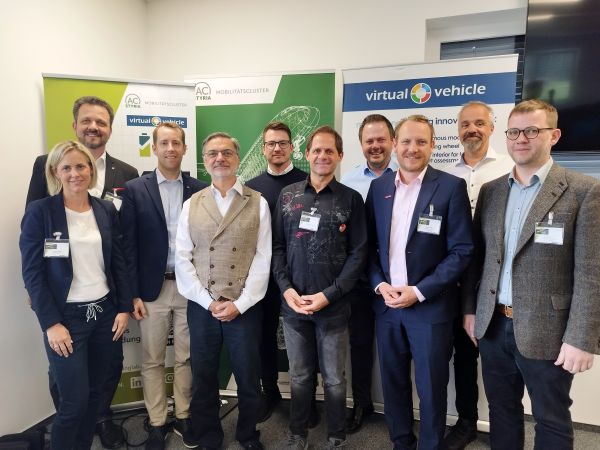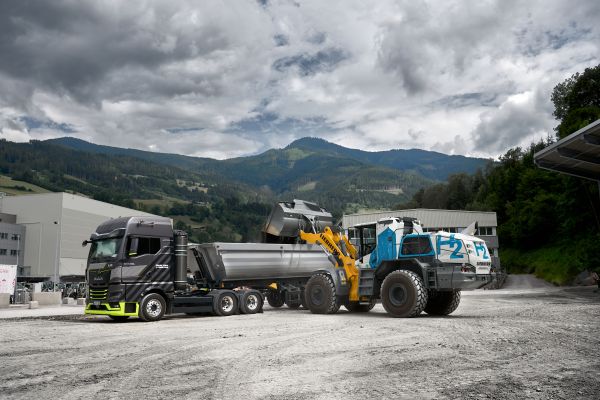Project Image Pool
There are 397 results.
Terms of use: The pictures on this site originate from the projects in the frame of the programmes City of Tomorrow, Building of Tomorrow and the IEA Research Cooperation. They may be used credited for non-commercial purposes under the Creative Commons License Attribution-NonCommercial (CC BY-NC).
Different Urban Densification Scenarios #2 - Use Case Area Triesterstraße/Graz
Different urban densification scenarios - based on natural lighting, view facotrs, and height limitations.
Copyright: Team EPIKUR (Abt. Bauphysik und Bauökologie, TU Wien | Pirstinger, Majcen, Raudaschl)
Different Urban Densification Scenarios #2 - Use Case Area Triesterstraße/Graz
Different urban densification scenarios - based on natural lighting, view facotrs, and height limitations.
Copyright: Team EPIKUR (Abt. Bauphysik und Bauökologie, TU Wien | Pirstinger, Majcen, Raudaschl)
Concept of NaNu3 framework, selected roof elements, and performance indicator groups.
The figure shows the concept on the framework, the selected roof elements and the performance indicator groups.
Copyright: AIT
Presentation of the 3 main elements of the project photovoltaic, green roof and water management.
The diagram lists the 3 main components of the NaNu3 project photovoltaics, green roofs and water management. For each component, the input parameters, function and effect are shown schematically.
Copyright: AIT
Visualization of the planning parameters as well as their components in the NaNu3 model.
The figure shows the choices for various roof systems and combinations and the associated component options.
Copyright: AIT
Graphical comparison of two different flat roof use cases.
The graphic shows two different use scenarios, their performance and the precipitation potential as well as the monthly precipitation amounts and irrigation requirements. They differ in graywater treatment (left) and walkable roof terrace (right). The left scenario shows a significantly better performance in most KPI categories.
Copyright: AIT
Schematic representation of M-DAB project goals
The figure shows schematically how the M-DAB project can have a positive impact on reducing the primary resources used /increasing the amount of recycling in the construction sector by improving the data situation and the spatial location of material resources in the city.
Copyright: S. Bindreiter et al. 2021
Simulation and visualization prototype
The figure shows a screenshot of the visualization prototype with a three-dimensional map representation of the calculated quantities of building materials per district. Thereby, district base areas are extruded in height depending on the material quantities. Colors indicate the dominating material group (in this representation predominantly concrete incl. screed). The color assignment follows ÖNORM A-6240. Left of the map, the scenario editor is shown, which allows setting of demolition rates for buildings of different construction periods as well as assumptions for the future population growth and the housing demand per inhabitant. Right of the map is a detailed analysis for the 22nd district of Vienna marked on the map. A bar chart shows the material quantities per material group in tons. In the navigation bar on top of the map, scenarios from the scenario editor can be loaded and saved, and it is also possible to switch between the map view and other diagram views. Below the map is a time slider that can be used to track the calculated values of the scenarios over time between the year 2020 and the year 2050.
Copyright: S. Bindreiter et al. 2021
Floor and building area potentials (>550 m² floor area) per building block in Vienna.
This figure shows 2 choropleth maps of Vienna a) the "unused floor area potentials" in Vienna and b) building area potentials (in square meters), - unbuilt building land, each per building block. In both categories, the potentials are mainly found in the districts north of the Danube, but also in the south of Vienna and in Simmering, whereas floor area potentials can be found in the entire city area.
Copyright: S. Bindreiter et al. 2021
Prototype A - Turn window opening to inside
This window has a smooth, fully-glazed appearance from an indoor perspective. There are no obvious handles; The window is motorized and features a ventilation-position.
Copyright: Holzforschung Austria
Prototype B - Turn window opening to outside
This prototype is a sil-integrated window featuring mechatronic fittings. The window can be offset parallely into a ventilation position. From the ventilation position, the window can be opened in a 90 degree turn position. The window offers a very minimalistic appearance for use in punctuated facades.
Copyright: Holzforschung Austria
Prototype C - Swing window
This prototype offers a swing operation, which is controlled via mechatronic components. As such it offers a wide variety of opening positions for different purposes as small-scale ventilation.
Copyright: Holzforschung Austria
Constituents of vacuum glass products (principles)
This illustrations shows the main constituents of vacuum glass products: Glass edge seal, vacuum gap, distance pillar and bordering glass panes.
Copyright: Ulrich Pont & Magdalena Wölzl
Cross-actor collaboration on forward-looking, long-term grid planning
A new structured methodology to facilitate cross-actor collaboration on forward-looking, long-term grid planning, enabling key actors to explore their respective roles and interdependencies, thereby facilitating development of efficient grid planning strategies.
Copyright: ISGAN Lighthouse Project (Helena Lindquist)
Expert audience from all over Austria at the Battery Safety Talk 2024
Around 80 experts from research, development, industry and authorities were able to exchange ideas on the topic of battery safety at the Battery Safety Talk in May 2024. The organizer was the Green Testing Lab in Hartberg, which created the opportunity to get to know different perspectives and to enter discussions with experts from different areas.
Copyright: Green Testing Lab GmbH
Activity centers during the workshop on electromobility and fire protection in Linz
Around 50 experts from research, industry, emergency services, and government agencies were able to exchange ideas at the "Electromobility and Fire Protection" workshop held at the Feuerwehrschule in Linz. The event was organized by IRIS – Industrial Risk and Safety Solutions, and, with funding from the Austrian Federal Ministry of the Interior, Building and Community (BMIMI) and the Austrian Research Promotion Agency (FFG), provided an opportunity to explore different perspectives and engage in discussions with experts from various fields.
Copyright: IRIS – Industrial Risk and Safety Solutions
Experts from all over Austria attended the national Task 49 workshop “Electromobility and Fire Protection”
During the "Electromobility and Fire Protection" workshops, renowned speakers provided valuable input from various perspectives, which was then explored in greater depth through subsequent expert discussions. The event aimed to connect professionals and interested parties to share knowledge and thereby improve safety in this area.
Copyright: IRIS – Industrial Risk and Safety Solutions
Host of the Battery Safety Talk and founder of Green Testing Lab Max Hofer welcomes the participants
As part of the Battery Safety Talk, well-known speakers delivered seven presentations from different perspectives on the topic of battery safety. Aim of the event was to network experts in order to share knowledge and thus increase safety in this area.
Copyright: Green Testing Lab GmbH
Group photo of the Battery Safety Talk with speaker and organizer
On May 15, 2024, around 80 experts from the mobility industry gathered at the Green Testing Lab in the Hartberg Eco Park to discuss the latest developments and challenges about battery safety in e-mobility. In a total of seven lectures, well-known speakers provided valuable input from different perspectives, which was deepened in following discussions with the audience.
Copyright: Green Testing Lab GmbH
Liebherr large-size wheel loader with hydrogen engine
Premiere of hydrogen wheel loader prototype L 566H with MAN hydrogen truck in June 2024, both vehicles powered by hydrogen engines.

